Treatment options and pricing
Browse and click below to book any of our available service.
Lung Function Assessment
Included in the Lung Function Assessment
- Normal Spirometry Test: £110
- Spirometry with Reversibility: £180
Free medical questionnaire, Free Medical file.
Conducting a thorough analysis allows us to delve deeper into the data, ensuring that all aspects are fully understood and accounted for. This comprehensive approach not only provides you with all the necessary information but also equips you with the insights needed to address any potential questions or concerns. By paying close attention to detail and maintaining a focus on accuracy, we can ensure that the conclusions drawn are both reliable and actionable. This methodical process is essential in making informed decisions and achieving successful outcomes.
-
£140
Common Q&A about Lung Function Assessment
Our FAQ section is designed to address common questions you may have, from how our treatments work to what you can expect during and after your session.
Our team is always available to provide additional support if you need more personalised guidance, ensuring that you feel informed and confident every step of the way.
Lung function assessment involves testing respiratory health to determine how well a person's lungs work, particularly concerning workplace exposures.
It helps identify early signs of respiratory issues, ensuring that employees are fit for their job and minimizing health risks associated with occupational exposures.
Common tests include spirometry, peak flow meters, and gas diffusion tests, which measure airflow, lung capacity, and gas exchange efficiency.
Typically, qualified occupational health professionals, such as occupational health nurses, physicians, or trained technicians, perform the assessments.
Frequency may depend on the level of exposure to respiratory hazards, with annual assessments being common for high-risk occupations.
Workers can expect to perform breathing tests, following specific instructions to blow into devices that measure lung performance.
While not universally mandatory, they are required in specific industries and for particular job roles where respiratory exposure risks are significant.
If issues are detected, further evaluation and possible medical intervention are recommended, along with modifications to workplace practices to reduce exposure.
Yes, they can help identify patterns indicative of deteriorating lung health, allowing for preventative measures to be taken early.
Employers utilize the results to ensure compliance with health and safety regulations, assess the effectiveness of control measures, and guide health surveillance programs.





